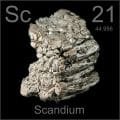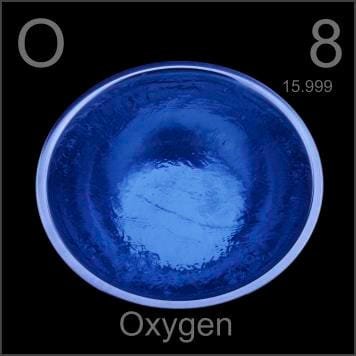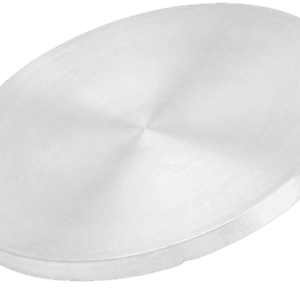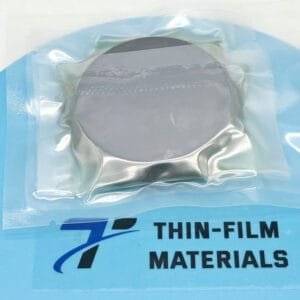Scandium Oxide Sputtering Target Description
Scandium oxide sputtering target from TFM is an oxide sputtering material containing scandium (Sc) and oxygen (O).
 Scandium is a chemical element named after Scandinavia (Latin: Scandia). It was first identified in 1879 by the chemist F. Nilson, who also successfully isolated the element. The chemical symbol for scandium is “Sc,” and it has an atomic number of 21. Located in Period 4 and Group 3 of the periodic table, scandium is part of the d-block. Its relative atomic mass is 44.955912(6) Dalton, with the number in brackets representing the uncertainty in the measurement.
Scandium is a chemical element named after Scandinavia (Latin: Scandia). It was first identified in 1879 by the chemist F. Nilson, who also successfully isolated the element. The chemical symbol for scandium is “Sc,” and it has an atomic number of 21. Located in Period 4 and Group 3 of the periodic table, scandium is part of the d-block. Its relative atomic mass is 44.955912(6) Dalton, with the number in brackets representing the uncertainty in the measurement.
Related Product: Scandium Sputtering Target
 Oxygen is a chemical element named from the Greek words ‘oxy’ and ‘genes,’ meaning acid-forming. It was first identified in 1771 by the chemist W. Scheele, who also successfully isolated it. The chemical symbol for oxygen is “O,” and it has an atomic number of 8. Located in Period 2 and Group 16 of the periodic table, oxygen belongs to the p-block. Its relative atomic mass is 15.9994(3) Dalton, with the number in brackets representing the uncertainty in the measurement.
Oxygen is a chemical element named from the Greek words ‘oxy’ and ‘genes,’ meaning acid-forming. It was first identified in 1771 by the chemist W. Scheele, who also successfully isolated it. The chemical symbol for oxygen is “O,” and it has an atomic number of 8. Located in Period 2 and Group 16 of the periodic table, oxygen belongs to the p-block. Its relative atomic mass is 15.9994(3) Dalton, with the number in brackets representing the uncertainty in the measurement.
Scandium Oxide Sputtering Target Specifications
| Compound Formula | Sc2O3 |
|---|---|
| Molecular Weight | 137.91 |
| Appearance | White |
| Melting Point | 2,485° C |
| Density | 3860 kg/m-3 |
| Available Sizes | Dia.: 1.0″, 2.0″, 3.0″, 4.0″, 5.0″, 6.0″ Thick: 0.125″, 0.250″ |
Scandium Oxide Sputtering Target Packaging
Our scandium oxide sputtering targets are carefully tagged and labeled externally to ensure accurate identification and maintain stringent quality control. Special attention is given to handling these targets to prevent any potential damage during storage or transportation, thereby preserving their quality and integrity.
Get Contact
TFM offers Scandium Oxide Sputtering Targets in various forms, purities, sizes, and prices. We specialize in high-purity thin film deposition materials with optimal density and minimal grain sizes, which are ideal for semiconductor, CVD, and PVD applications in display and optics. Contact Us for current pricing on sputtering targets and other deposition materials that are not listed.





Reviews
There are no reviews yet.